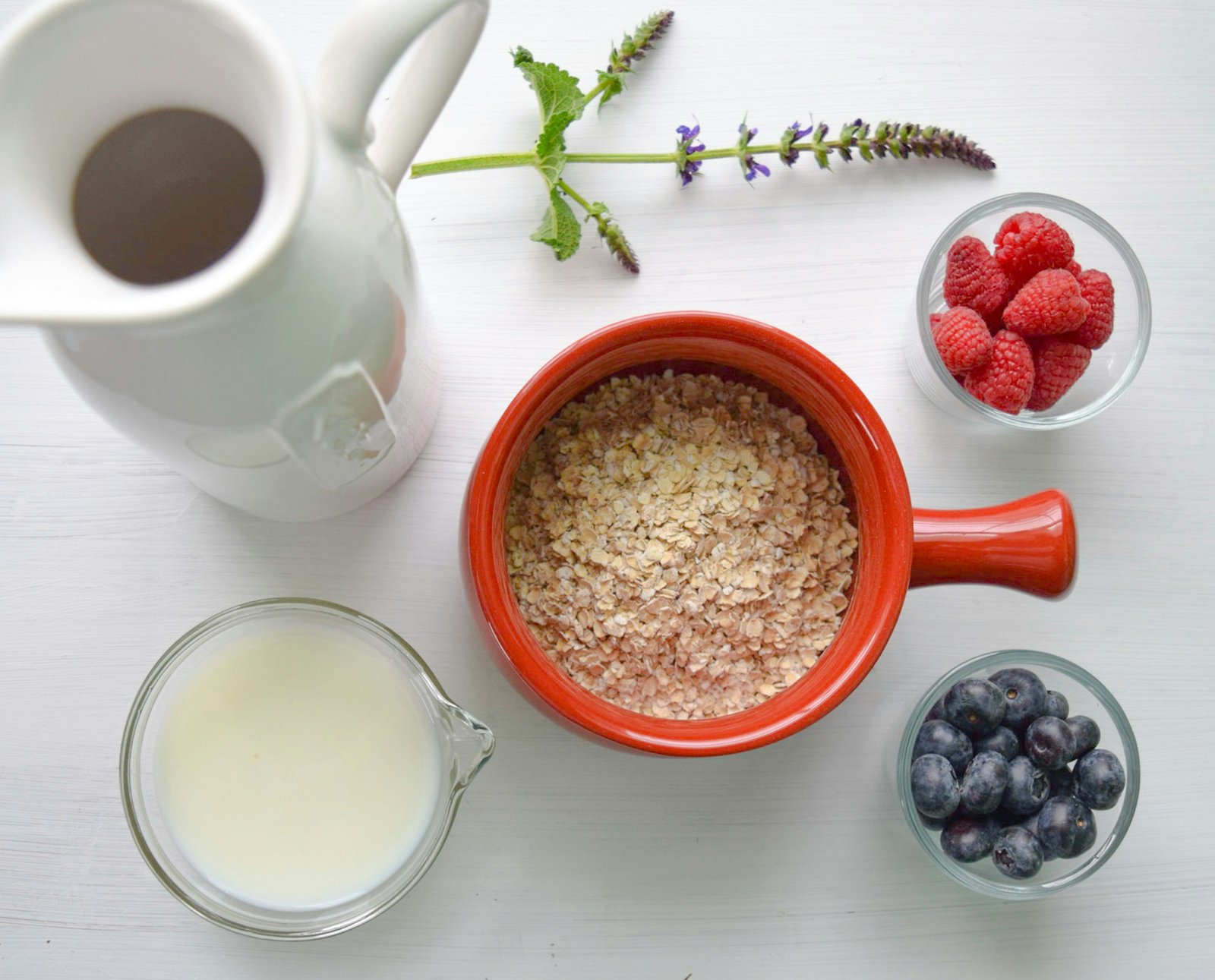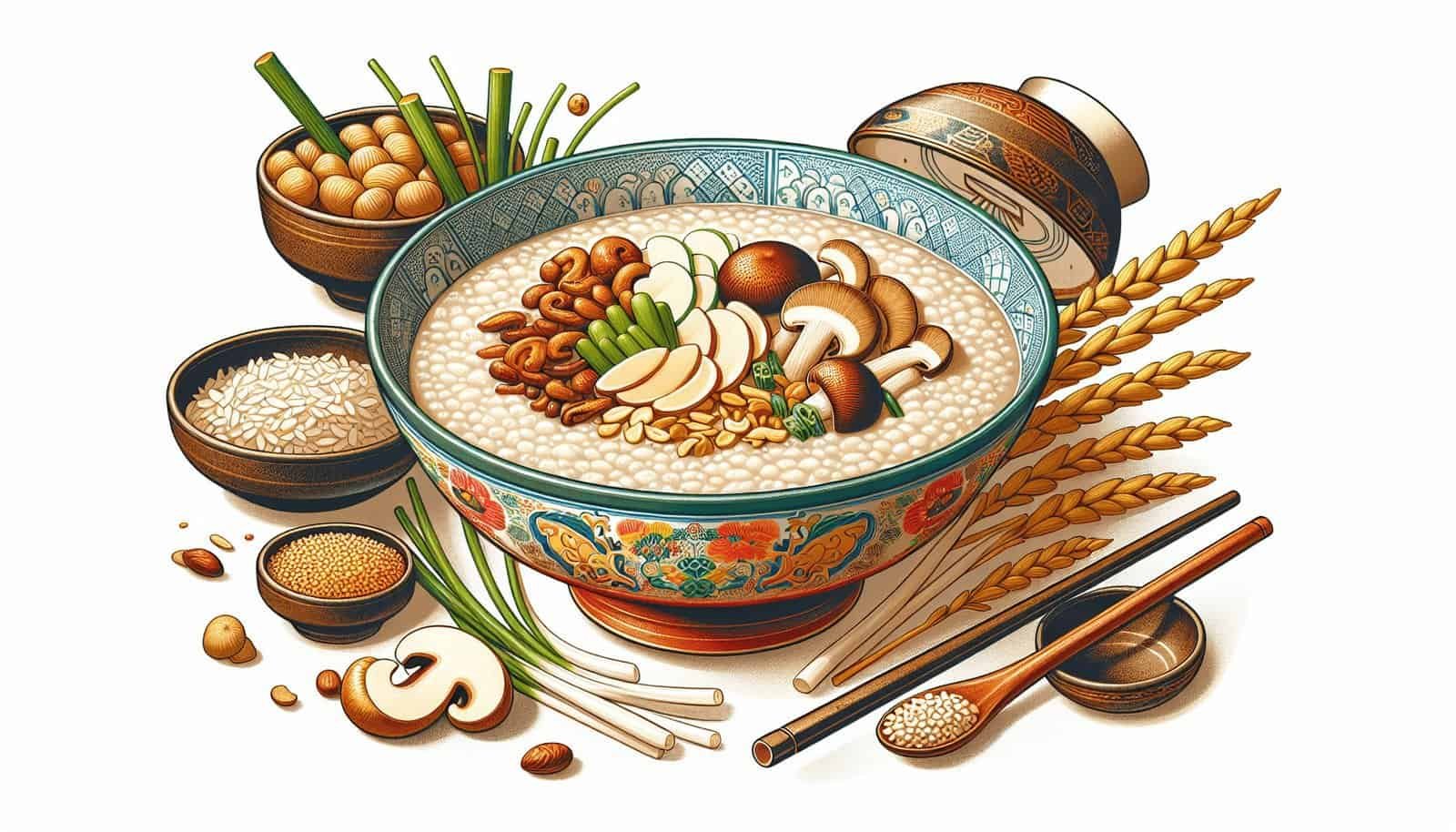If you’re curious about the comforting and diverse world of Korean cuisine, you’ll definitely want to explore the delightful realm of traditional Korean porridges, or “juk.” In this article, What Are Some Traditional Korean Porridges And Their Variations?, you’ll discover the rich flavors and unique ingredients that go into making these heartwarming dishes. From the sweet and nutty pumpkin porridge, hobakjuk, to the savory abalone porridge, jeonbokjuk, each type showcases the culinary heritage of Korea in a deliciously soothing form. Grab a bowl and let’s dive into the subtle yet vibrant universe of Korean porridges and their many variations! Have you ever wondered what some traditional Korean porridges are and their wonderful variations?
Porridge has been a staple in Korean cuisine for centuries, appreciated for its simplicity and versatility. Korean porridges, or “juk,” are more than just comfort food; they carry cultural significance and are often tailored with various ingredients to cater to different tastes and needs. If you’ve ever been curious about the wide array of Korean porridges, you’re in for a treat. Let’s dive into some of the most beloved traditional Korean porridges, their unique variations, and what makes each one special.
The Essence of Korean Porridge (Juk)
Korean porridge, or “juk,” is typically made by slowly simmering grains like rice or glutinous rice in water or broth. The grains break down into a smooth and creamy consistency, offering a comforting and satisfying meal. Porridge can be sweet or savory, and it’s commonly consumed not just as breakfast but also as a remedy for digestive issues or convalescence.
Common Ingredients in Korean Porridge
Several ingredients are frequently used in the creation of Korean porridges:
- Rice: The most essential ingredient, providing a neutral base.
- Sweet Rice (Glutinous Rice): Gives a thicker and stickier texture.
- Beans: Such as red beans and mung beans, add protein and unique flavors.
- Vegetables: Ingredients like pumpkin, squash, and spinach enhance both taste and nutritional value.
- Seafood: Abalone, oysters, and clams provide a luxurious feel.
- Meat: Chicken and beef add richness and depth.
Popular Types of Korean Porridges
Now that you have a basic understanding of what makes up Korean porridges, let’s explore some popular types and their delicious variations.
Dakjuk (Chicken Porridge)
One of the most comforting porridges is Dakjuk—chicken porridge. Often recommended for those feeling under the weather, Dakjuk combines tender chicken with rice, resulting in a hearty and soothing meal.
Variations:
- Gingseng Dakjuk: Adding ginseng helps boost the medicinal properties, great for revitalizing energy.
- Vegetable Chicken Porridge: Enhanced with a variety of vegetables like carrots, onions, and celery.
Hobakjuk (Pumpkin Porridge)
Hobakjuk, or pumpkin porridge, is a sweet variety often made with glutinous rice and sweet pumpkin. The vibrant color and mild sweetness make it a favorite during the autumn season.
Variations:
- Red Bean Hobakjuk: Mixing in sweet red beans adds a slightly earthy and sweeter taste.
- Nutty Pumpkin Porridge: Additional nuts like chestnuts or walnuts can provide extra texture and flavor.
Patjuk (Red Bean Porridge)
Patjuk is a staple during the winter months and is even enjoyed during the Korean winter solstice celebration. Made from red beans and glutinous rice, this porridge has a unique, slightly sweet and earthy taste.
Variations:
- Sweet Rice Ball Patjuk (Garaetteok): Includes small rice cake balls for added texture.
- Azuki Bean and Rice Cake Porridge: Combines azuki beans with rice cakes, making it richer and more filling.

Unique Korean Porridges
Beyond the popular variants, several Korean porridges offer unique flavors and textures worth exploring.
Jeonbokjuk (Abalone Porridge)
Jeonbokjuk is a luxurious porridge made with abalone, known for its delicate seafood flavor. Traditionally, it is considered a high-class dish due to the cost of abalone but offers unmatched taste and nutritional benefits.
Variations:
- Seaweed Jeonbokjuk: Adding seaweed brings both texture and a depth of flavor.
- Vegetable Abalone Porridge: Incorporating vegetables such as zucchini, carrots, and mushrooms offers added nutrients.
Yulmu-juk (Job’s Tears Porridge)
Yulmu-juk uses Job’s Tears, a grain similar to barley, combined with rice to create a somewhat nutty and chewy porridge. Appreciated for its health benefits, this porridge is energizing and flavorful.
Variations:
- Sweet Yulmu-juk: Adding ingredients like honey, dates, or dried fruits can make this a sweet treat.
- Savory Yulmu-juk: Incorporating soy sauce, garlic, and sesame can transform it into a savory delight.
Lesser-Known Varieties
While the porridges mentioned above are quite popular, there are many other lesser-known varieties that are equally delightful.
Heukimjajuk (Black Sesame Porridge)
Heukimjajuk is known for its distinctive black color and slightly nutty taste. Made from ground black sesame seeds and rice, it’s often enjoyed as a nutrient-rich breakfast.
Variation:
- Sweetened Heukimjajuk: Adding a bit of honey or sugar can turn this into a delightful sweet porridge.
Euneo-juk (Freshwater Eel Porridge)
Featuring freshwater eel, which is particularly rich in protein and vitamins, Euneo-juk is both flavorful and highly nourishing.
Variation:
- Spicy Euneo-juk: For a spicier touch, hot peppers and Korean chili paste can be integrated.

Cultural Significance and Uses of Korean Porridge
Korean porridges are not just culinary delights but also hold significant cultural importance. They are commonly used in various social and religious contexts.
Celebrations and Festivities
- Dongji (Winter Solstice): Patjuk plays an essential role during the Korean winter solstice, symbolizing longevity and protection from evil spirits.
- New Year’s Celebrations: Some porridges are consumed to mark the start of a New Year, symbolizing new beginnings.
Medicinal and Healing Properties
Korean porridges are often recommended for their therapeutic benefits. They are known for being easy to digest and rich in nutrients, making them ideal for convalescence.
- Stomach Ailments: Porridge is gentle on the stomach, often prescribed for digestive problems.
- Recovery Food: Post-surgery or illness, porridges can provide necessary nutrients without overwhelming the digestive system.
How to Make Basic Korean Rice Porridge
Creating a basic Korean rice porridge is quite straightforward. Here’s a simple recipe to get you started:
Ingredients
| Ingredient | Quantity |
|---|---|
| Short-grain rice | 1 cup |
| Water or broth | 8 cups |
| Salt | To taste |
| Optional garnish | Green onions, Sesame seeds, etc. |
Instructions
- Rinse the Rice: Rinse the rice under cold water until the water runs clear.
- Soak the Rice: Soak the rice in water for at least 30 minutes to an hour.
- Cook the Rice: Combine the soaked rice and 8 cups of water or broth in a large pot.
- Simmer: Bring to a boil, then reduce to a simmer. Stir occasionally to prevent sticking.
- Season: Once the rice has broken down to a porridge consistency, season with salt to taste.
- Serve: Ladle it into bowls and garnish as desired.
Tips for Perfect Porridge
- Consistency: If you prefer a thicker porridge, reduce the amount of liquid slightly.
- Stirring: Stir frequently to avoid sticking and ensure the rice breaks down evenly.
- Flavoring: For extra flavor, consider using chicken or vegetable broth instead of water.

Modern Takes on Traditional Korean Porridge
With changing times and palates, modern twists on traditional porridges are becoming increasingly popular.
Fusion Variations
Innovative fusion versions blend traditional Korean ingredients with international flavors.
- Kimchi and Cheese Porridge: Adding a bit of cheese and kimchi creates a fusion comfort food.
- Curry Porridge: Integrating curry powder brings an Indian twist to the classic rice porridge.
Health-Conscious Choices
There is also a rising trend towards healthier, more nutrient-dense porridges.
- Quinoa Porridge: Replacing rice with quinoa for a protein-packed variation.
- Avocado and Spinach Porridge: Adding superfoods like avocado and spinach for an extra nutritional boost.
Tips for Enhancing Your Korean Porridge Experience
Elevate your Korean porridge experience with these simple tips:
Garnish Generously
Adding garnishes like green onions, sesame oil, or roasted seaweed can significantly enhance the flavor and visual appeal.
Spice it Up
If you enjoy spicier food, a spoonful of gochujang (Korean red chili paste) or chili flakes can add a pleasant kick to your porridge.
Incorporate Broth
Using flavorful broths, such as chicken or seafood broth, instead of plain water, can add depth to your porridge.
Pair with Side Dishes
Korean porridges are often accompanied by various side dishes (banchan) such as kimchi, pickled radish, or seasoned vegetables.
Experiment with Textures
Combining different textures, such as adding crunchy nuts or chewy rice cakes, can make your porridge more interesting.

Conclusion
In the world of Korean cuisine, porridges offer a wonderful tapestry of flavors, textures, and nutritional benefits. Whether you prefer a comforting bowl of Dakjuk on a rainy day, a sweet serving of Hobakjuk in the fall, or an adventurous spoonful of Jeonbokjuk, traditional Korean porridges cater to every palate and occasion.
By experimenting with the different variations and tips provided, you can enjoy these timeless dishes in new and exciting ways. Korean porridges are not just food; they are a heartfelt experience that brings warmth and nourishment to the table.
So next time you’re in the mood for something soothing and versatile, why not try making one of these delightful Korean porridges at home?
Enjoy your culinary journey into the rich world of traditional Korean porridges!
